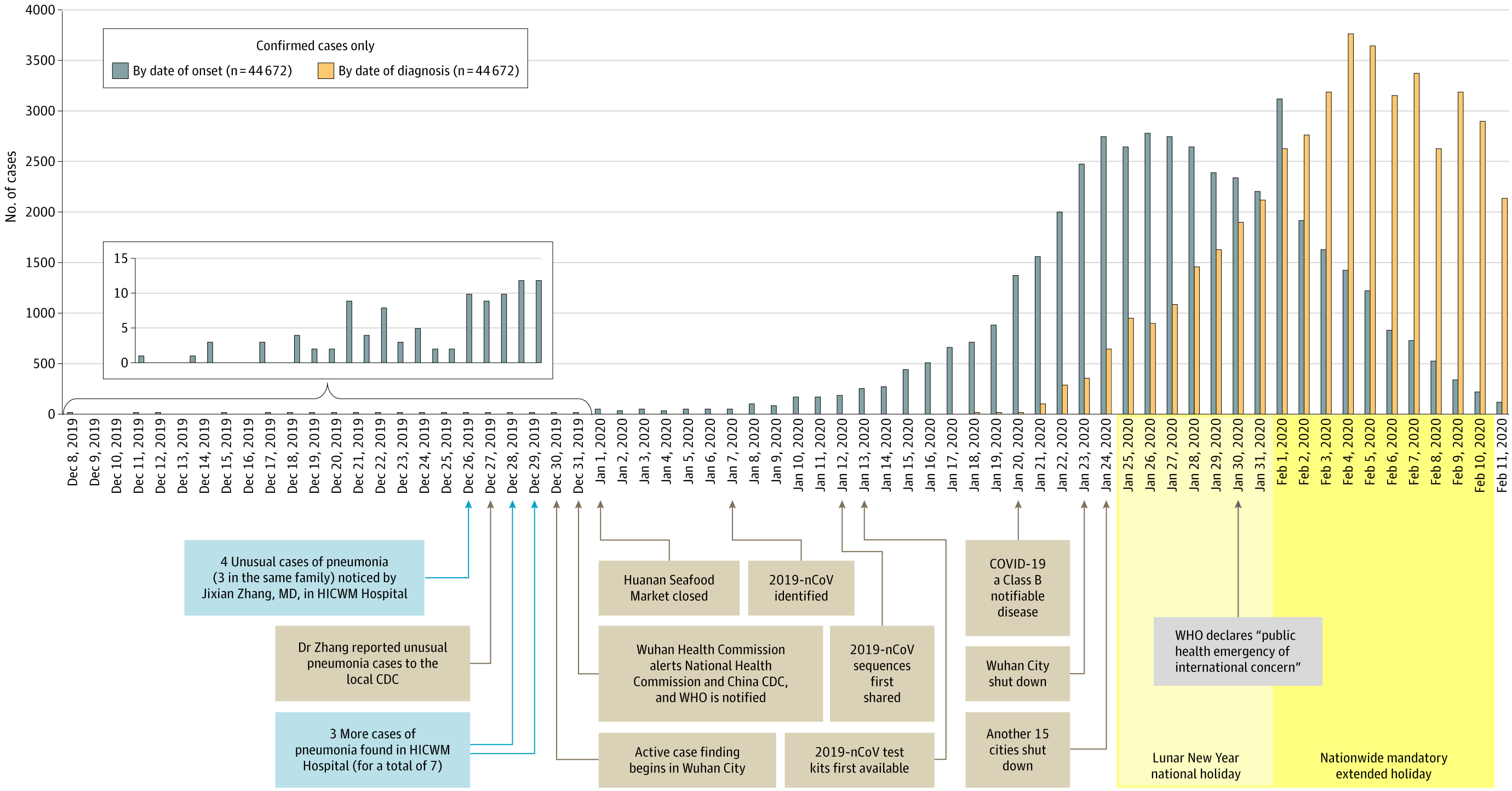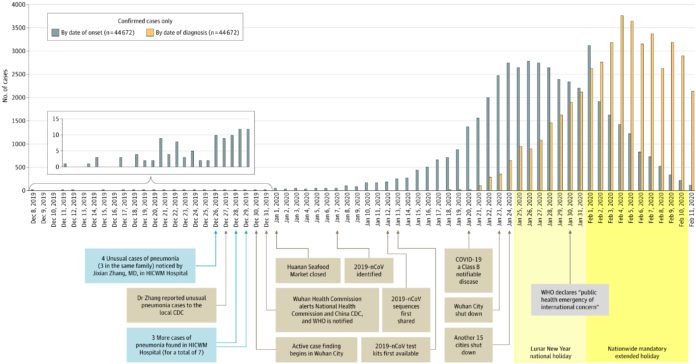
ANALYSIS: By Arindam Basu of the University of Canterbury
The number of New Zealanders testing positive for Covid-19 will continue to rise despite the strict conditions of the four-week lockdown that began last week.
As of today, there are 647 cases in New Zealand, up from 39 recorded just over a week ago, and just over three weeks after the first case was reported on March 3.
READ MORE: Social distancing can make you lonely. Here’s how to stay connected when you’re in lockdown
The question now is how long it will take before we see numbers going down again.
We can draw on the experiences of other countries such as China, which imposed a lockdown on Hubei province on January 23, 2020.
As this graph shows, the number of confirmed cases only reached a plateau at the beginning of March, suggesting that it takes a little over a month for a strict lockdown to take effect.
– Partner –
How lockdown works and patience
The virus is now spreading within the community in New Zealand. Testing is focused on people who are likely to have contracted Covid-19, which means there are a lot more people with the infection in the community than the number of cases reported.
The disease spreads exponentially and, with limited testing capacity, this difference gets larger each day. This is why the lockdown conditions are so strict.
Prime Minister Jacinda Ardern has encouraged everyone to act as if they have Covid-19 and to stay within their own “bubble” at home.
Staying at home is essential. It’s a simple but highly effective way to constrain the virus. It denies it a place to go and will help give our healthcare system a fighting chance.
Even if somebody within a home develops the illness, the virus will be limited to the group of people there and won’t be able to spread any further. By isolating individuals and confining communities, a lockdown effectively disrupts the chains of people-to-people transmission the virus needs to sustain itself.
If we delay breaking the chain of transmission, the gap between actual and reported cases will get larger.
The graph above shows what happened in China in terms of new cases of coronavirus before and after they locked down their cities. The longer, darker bars show the number of cases at the time of onset of symptoms, and the orange bars represent cases that were found by testing people. The underlying case counts start dropping immediately after lockdown, and then the reported counts follow suit.
This means that in New Zealand, we may see the numbers surge before they drop, but based on what we’ve learned from the outbreak in China, we will bring COVID-19 infections down faster the more resolutely the lockdown continues.
This is why we should remain optimistic and patient, and do the best we can to “fast track” the drop in actual cases, which will eventually bring down reported cases as well.
Dr Arindam Basu is associate professor in epidemiology and environmental health at the University of Canterbury. This article is republished from The Conversation under a Creative Commons licence. Read the original article.
Article by AsiaPacificReport.nz








